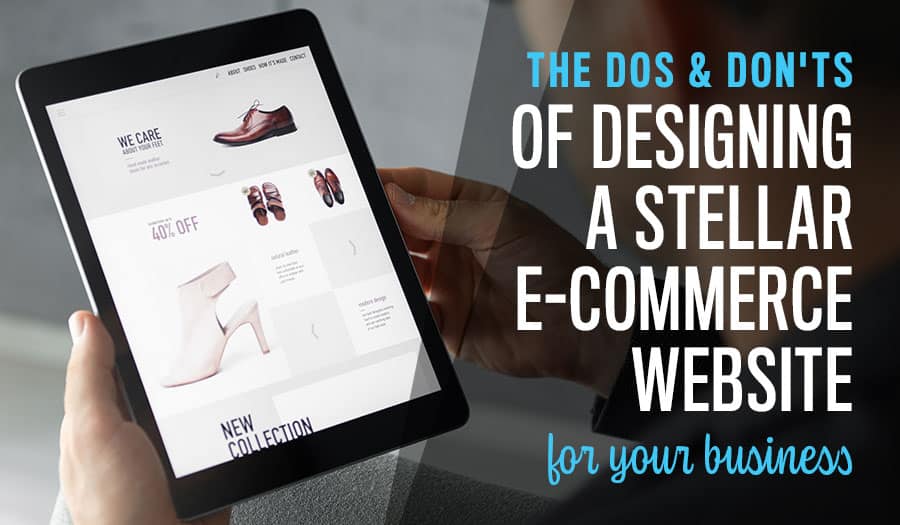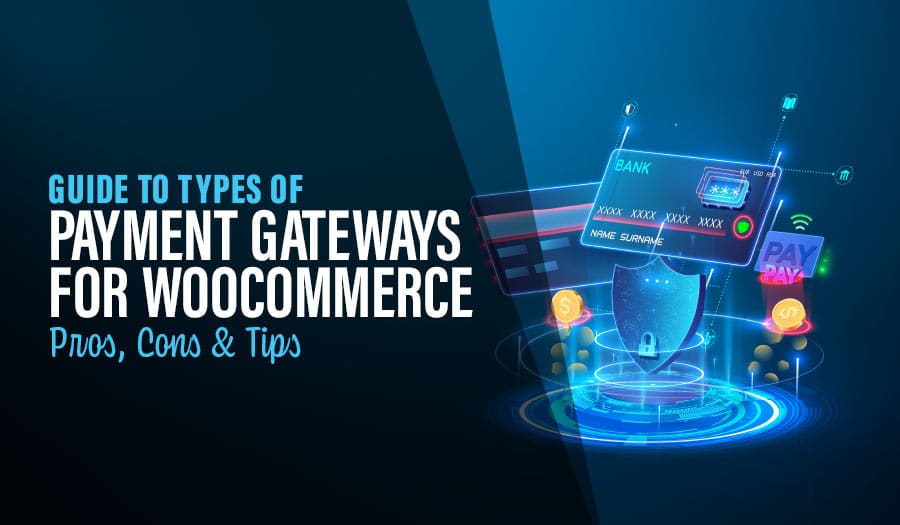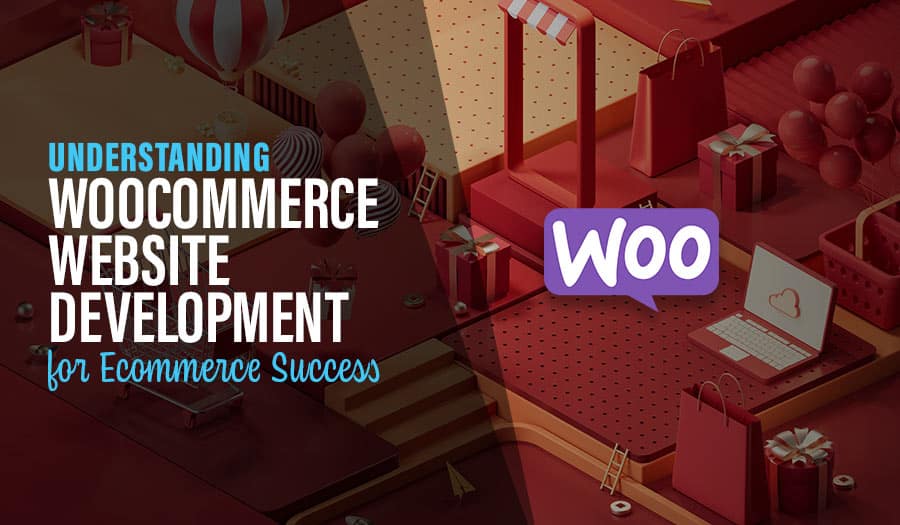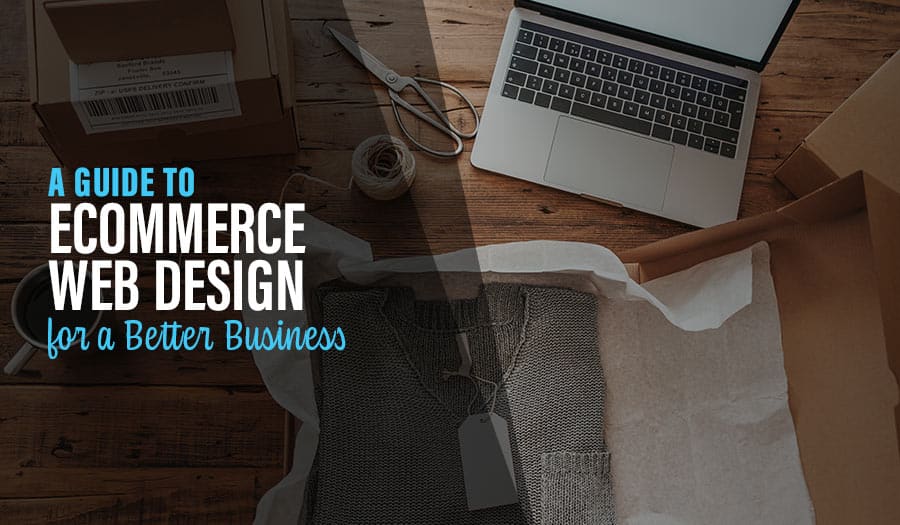As the owner or operator of an e-commerce company, your livelihood is directly linked to your website. A well-designed website will increase your repeat business, boost sales, and improve customer satisfaction. A poorly designed e-commerce site, on the other hand, will frustrate prospective buyers and drive some of them directly into the arms of your competitors. Below are five website features that will help your e-commerce business prosper and four things that you should avoid at all costs.
The Dos of Designing a Stellar E-Commerce Website
1. A simple, user-friendly design
“We’ve seen trends in ecommerce website design like animation, 360-degree product previews, advanced filtering, and dynamic product search. However, trends don’t guarantee conversion rates or robust user experiences.” – Holly Gary, Search Engine Journal
You only have one chance to make a great first impression with your e-commerce site. Designing a site that is eye-catching, well-organised, and simple to navigate is essential to attracting and keeping customers. However, even more important than your site’s appearance is its ease of use. In fact, 76% of consumers report that the most important feature in a website is a design that “makes it easy to find what (I) want.” A simple layout and a minimalist design will help visitors easily navigate through your site and complete their purchases faster.
2. Your company’s contact information
Listing contact information is a simple but critical step for any e-commerce company to take during the website design process. Over 40% of visitors will abandon a website if there is no contact information or phone number shown on the site, highlighting the need to feature your contact details in a highly visible location on your website. The best way to list your company’s address, telephone number, and email address is to create a superb Contact Us page that features your contact details and a means of reaching out to your business. According to Search Engine Journal, the Contact Us page is “one of the most visited pages on any website.” By ensuring that your Contact Us page is complete and well organised, you can enhance your company’s authenticity and boost sales.
3. Live chat
“Like e-commerce, live chat is convenient enough to fit into any part of the user’s day: Studies show that 51% customers prefer live chat for multitasking purposes, with another 21% preferring live chat so they can shop while they work. By coupling live chat with e-commerce, companies take the effort out of something that many shoppers do in front of their TV or on their lunch break.” – Robin Jones, MarTechSeries
Adding live chat to your e-commerce site is a great way to deliver fast support to shoppers. In fact, customer preference studies have found that live chat yields an overall satisfaction score that exceeds the telephone, social media, and email as the preferred method of seeking support among consumers. You can choose from a number of free live chat platforms that are easy to install and will delight your customers.
4. A blog with helpful content
Featuring a blog with relevant content that helps your visitors will help your site rank well with search engines. More importantly, it will help you build your repeat customer base by keeping visitors interested in what you have to say. Here are some actionable strategies to help you make sure that your blog resonates with visitors:
- Create a blog schedule: Decide how frequently you will post content and strive to adhere to your schedule.
- Feature fresh content: Be sure to include content that is fresh and original.
- Be accurate: Make sure that any statistics or data you include are current and accurate.
- Consider guest bloggers: Featuring content from relevant industry experts will build your site’s authenticity.
5. Multiple language options
“If you’re only targeting English speakers based in your country, you’re missing out on a huge audience.” – Neil Patel, Co-Founder Neil Patel Digital
If your e-commerce business is among the many in Australia that cater to an international audience, then you can further expand your scope by offering your site in Chinese, Spanish, or another language that is relevant to your target audience. Just make sure that you have the internal resources and staff to handle questions and phone calls from customers who speak the language you choose.
The Don’ts… What are four things to avoid when designing your e-commerce site?
In the e-commerce landscape, it is often more important to avoid common pitfalls than it is to focus on following tips for success. Here are four things that visitors should never encounter on your e-commerce site and some suggestions to address them if they are present on your existing e-commerce site.
1. Slow loading pages
Today’s shoppers are impatient and will not hesitate to abandon your site if your pages and images do not load quickly. If your site take three seconds or longer to load, you could lose 40% or more of your visitors. If you are not sure how quickly your e-commerce site loads, you can use one of the many website speed measurement tools to assess your site’s performance. If your site does not load quickly, do not despair. There are some simple things you can do to help your website load more quickly. For starters, you can minimise your use of plugins and keep choose images that are below 150KB. You can also upgrade to a dedicated server to give you full control over your hosting for optimal loading speed.
2. Misleading product images or pricing
Few things are more frustrating to e-commerce customers than purchasing an item only to find out that it cannot be used because it is incomplete. For example, if you are selling a suction pump and list a price next to an image of a complete suction pump with the necessary collection jar, filter, and carrying case, most customers will be frustrated if they receive a shipment that does not include the collection jar, filter, or case. Fortunately, you can rectify this situation by showing an image that corresponds to the exact item or items that the customer will receive. So in the case above, you should choose one of the following options:
- Option #1: Keep the photo and increase your price to include all components shown in the image provided.
- Option #2: Keep the photo but clearly state that the collection jar, filter, and carrying case are sold separately. Then provide pricing for each.
- Option #3: Remove the image and replace it with individual images and prices for each key component.
3. Poor quality images
High quality images can be one of your e-commerce site’s greatest assets. But if you include blurry or low resolution images on your site, visitors may develop a negative impression of your company. Even worse, they may leave your site and go straight to a competitor’s site in search of a clearer image. The good news is that you can easily avoid this pitfall by removing any low quality images from your site and replacing them with high resolution photos. Or, if you are running low on image options, you can take steps to improve the quality of your existing images. How-to Geek provides three simple ways that you can improve the quality of your low resolution images.
4. Misusing the word “Free”
“Businesses should be particularly careful of the use of the word ‘free’. The idea of getting goods or services without charge can create keen interest in consumers. Consumers will usually think of ‘free’ as absolutely free – a justifiable expectation. Simply put, businesses may get into trouble with free offers if they do not reveal the complete truth, including any conditions that the consumer must comply with.” – Australian Competition & Consumer Commission (ACCC)
The Australian Competition & Consumer Commission is dedicated to promoting fair competition and trading to help protect all Australians from business behaviours that are anti-competitive or harmful. In the realm of e-commerce, this can translate to misusing the word “Free” or failing to be entirely truthful with offers on e-commerce sites. Avoiding misuse of the word free on your e-commerce site is a straightforward process. If you advertise a free product, be sure to clearly state any special conditions the buyer must meet in order to receive the free item. Also, remember that the ACCC considers it deceptive if you launch a “Buy One, Get One Free” special and then increase the cost of the first product to cover the majority of the cost of the second (free) product.
What is the single best way to ensure a stellar e-commerce site?
As outlined above, the path to an outstanding e-commerce site can be smooth or bumpy depending on your design strategy. The single best way to ensure that you design a stellar e-commerce site is to seek the expertise of an accomplished website design agency. As Sydney’s most trusted website design agency, PixelFish specialises in optimising e-commerce websites. In addition to designing e-commerce sites that look great and are easy to navigate, the PixelFish team will make the sales order process easy for your customers and for you. Our team continually monitors consumer behaviour and will make sure that your site is designed to reflect the latest customer shopping preferences and behaviours. Here are just a few of the key features that PixelFish can incorporate into your site:
- Product bundling
- Brand filtering capabilities
- Order tracking information
- Waiting lists for out of stock items
- Product comparisons
Designing a Stellar E-Commerce Website? To learn more about the many ways that we can enhance your e-commerce site, we invite you to contact us at PixelFish to speak with one of our e-commerce specialists. We look forward to helping your e-commerce business thrive!
Take your online store business to the next level with a Pixel Fish Ecommerce Website.
Check out some of our latest Ecommerce Website Design projects.
Further Reading:
How to Choose The Best Payment Gateway for WooCommerce
15 Unbeatable SEO Tips for WooCommerce
Top 8 Advanced WordPress Features and Plugins to Beat Your Competition
9 Business Web Design Package Features Your New Website Must Have



